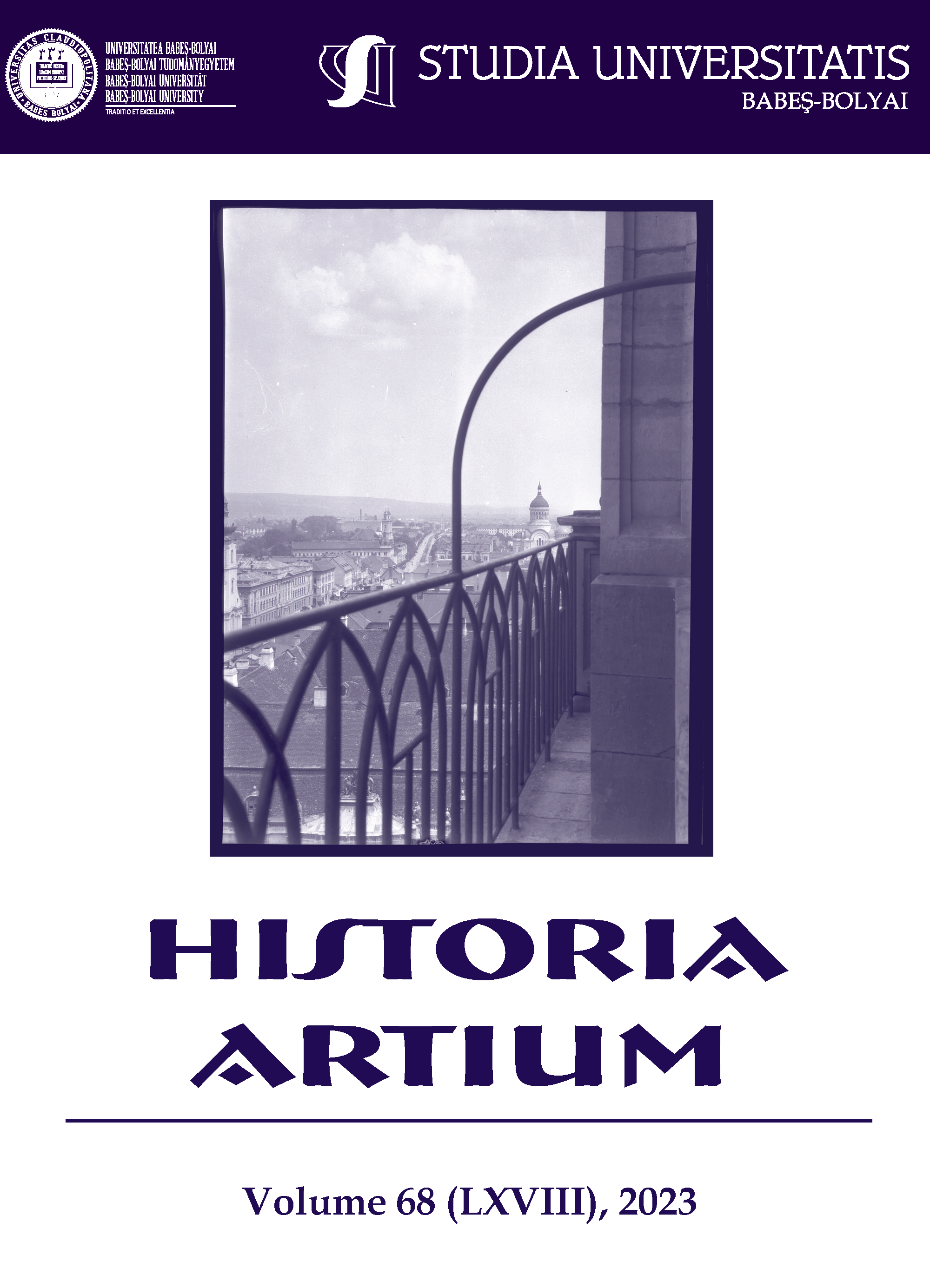Photography in the Practice of Contemporary Painting. A Pedagogical Perspective
DOI:
https://doi.org/10.24193/subbhistart.2023.07Keywords:
painting, photography, hyper-realism, photorealism, contemporary art, art teaching, art pedagogy, art courses, artist, contemporary paintersAbstract
Photography in the Practice of Contemporary Painting. A Pedagogical Perspective. Photography is a technological medium that suffers continuous evolution. From its earliest developments to the various types of recent printing, the photographic image has become an avatar of the world. Since images are irreversibly intertwined with human activity, their usage becomes an increasingly frequent practice in the area of traditional creative techniques. This article discusses some examples of this usage in the context of contemporary painting studios in higher education. Photography is accessed by young students and the foray into photographic documentation is now an inevitable tool. The way students use it as an intermediary can be disruptive to their learning process, as long as the role of photography in painting practice is not fully comprehended. There are different ways of integrating photography into the practice of contemporary painting. The present article addresses conceptual aspects, presents several particular situations and launches some perspectives for better understanding these practices. Photography is a tool, not an end, but what happens when these terms juxtapose or are taken for granted? What kind of painting results out of the practical process “contaminated” by photography? However, if technology is properly and timely integrated in the practice of painting, one can no longer talk about a “contamination”, but rather about a conscious process able to generate quality painting.
References
Adams, Ansel. The Camera, The Ansel Adams Photography Series 1. New York: Little, Brown and Company, 2020.
Adams, Ansel. The Negative, The Ansel Adams Photography Series 2. New York: Little, Brown and Company, 2020.Calbi, Marta, Hava Aldouby, Ori Gersht, Nunzio Langiulli, Vittorio Gallese, and Maria Alessandra Umiltà. “Haptic Aesthetics and Bodily Properties of Ori Gersht’s Digital Art: A Behavioral and Eye-Tracking Study”. Frontiers in Psychology 10 (November 7, 2019): 1–11. https://doi.org/10.3389/fpsyg.2019.02520.
Carco, Francis. Utrillo. Bucharest: Meridiane Publishing House, 1970.
Deleuze, Gilles. Tratative. Cluj-Napoca: Idea Design & Print, 2005.
Helnwein. St. Petersburg: The State Russian Museum, 1997.
Rogala, Jacek, Beata Bajno, and Andrzej Wróbel. “A hidden message: Decoding artistic intent”. PsyCh Journal 9, no. 4 (2020): 507–512. https://doi.org/10.1002/pchj.374.
Stafford, Barbara Maria, and Horst Bredekamp. “One step beyond Hyperrealism”. TATE ETC no. 5 (Autumn 2005). https://www.tate.org.uk/tate-etc/issue-5-autumn-2005/one-step-beyond.
Storr, Robert. Interviste sull’arte. Milano: Il Saggiatore, 2019.
Suciu, Mircea. “Arhivez niște stări pe care le traversez”. Interviewed by Silviu Pădurariu. Dilema Veche, 880, February 18–24, 2021. https://dilemaveche.ro/sectiune/la-zi-in-cultura/arte-vizuale/arhivez-niste-stari-pe-care-le-traversez-632084.html.
Szu-Yen, Lin. “Art and Interpretation”. Internet Encyclopedia of Philosophy. https://iep.utm.edu/art-and-interpretation.
Downloads
Published
How to Cite
Issue
Section
License
Copyright (c) 2023 Studia Universitatis Babeș-Bolyai Historia Artium

This work is licensed under a Creative Commons Attribution-NonCommercial-NoDerivatives 4.0 International License.






